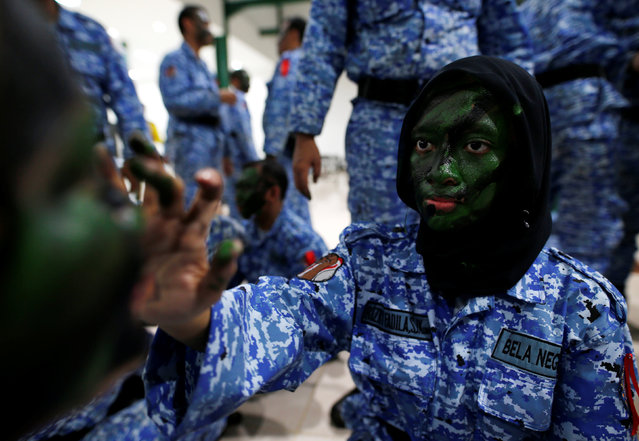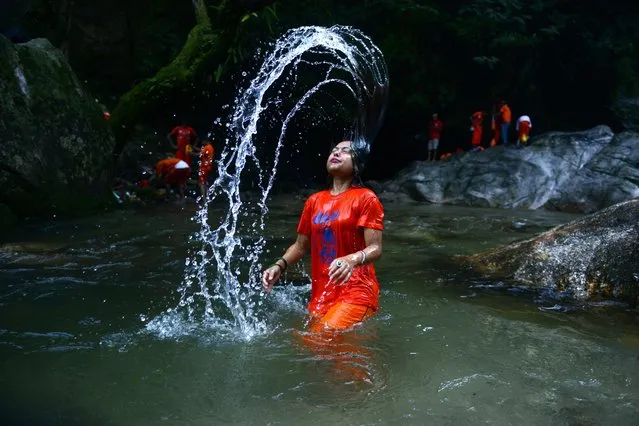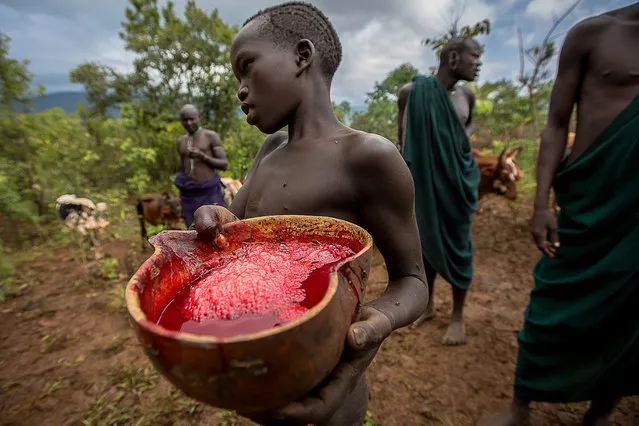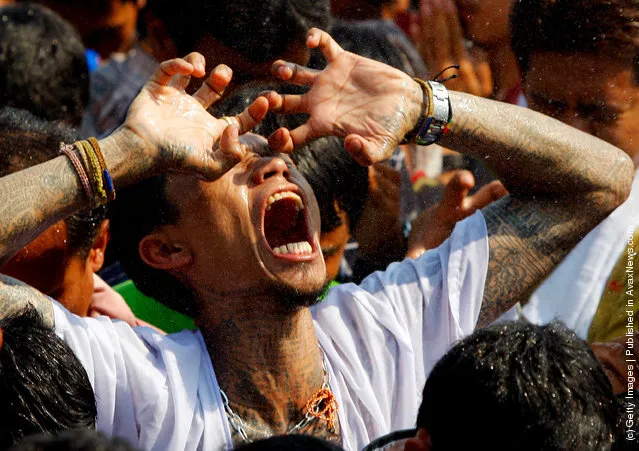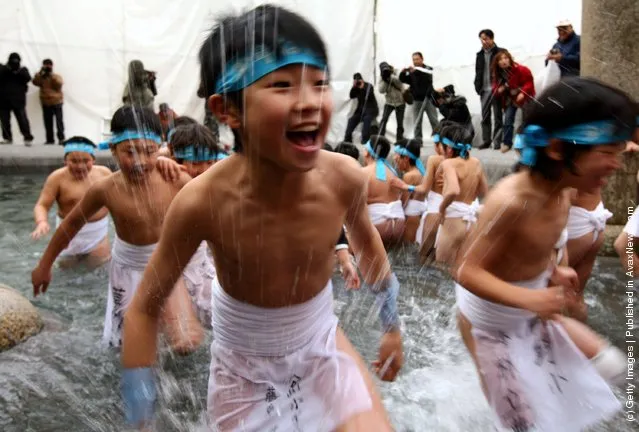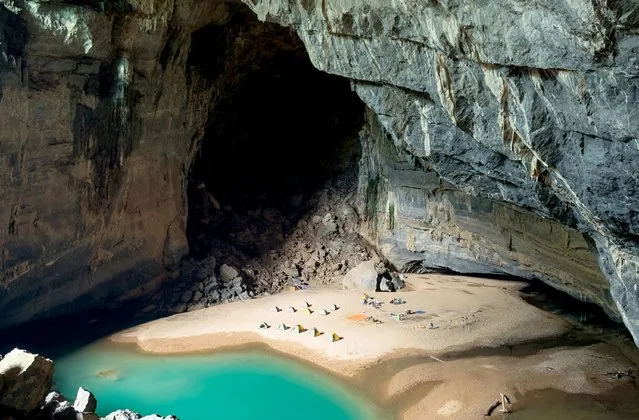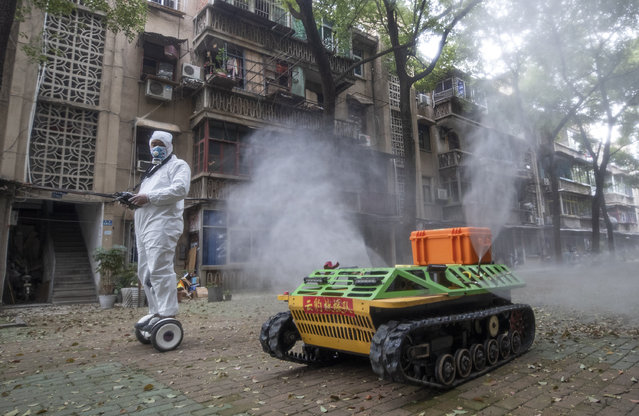
A volunteer operates a remote controlled disinfection robot to disinfect a residental area amid the COVID-19 coronavirus outbreak in Wuhan in China's central Hubei province on March 16, 2020. China tightened quarantine measures for international arrivals on March 16 as the country worries about a rise in imported cases of the deadly coronavirus and anger rages online at how Europe and the United States are handling the pandemic. (Photo by AFP Photo/China Stringer Network)
18 Mar 2020 00:07:00,post received
0 comments

